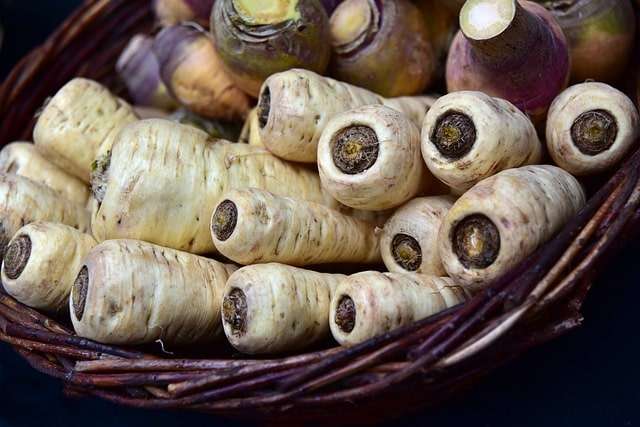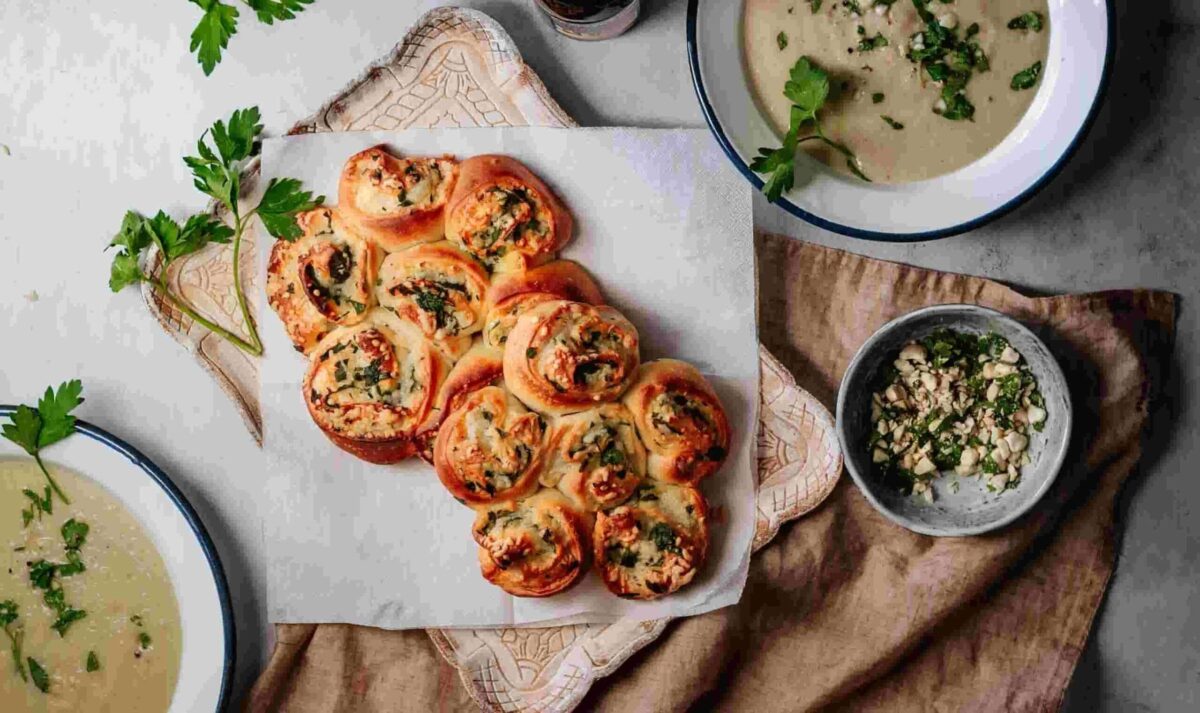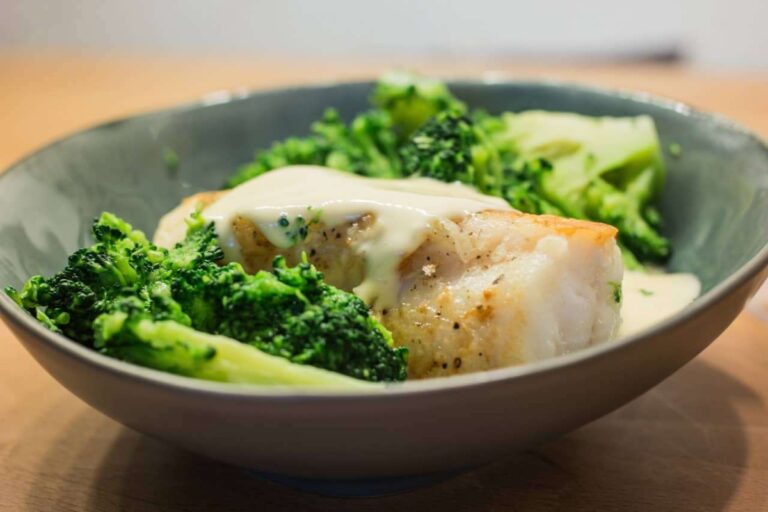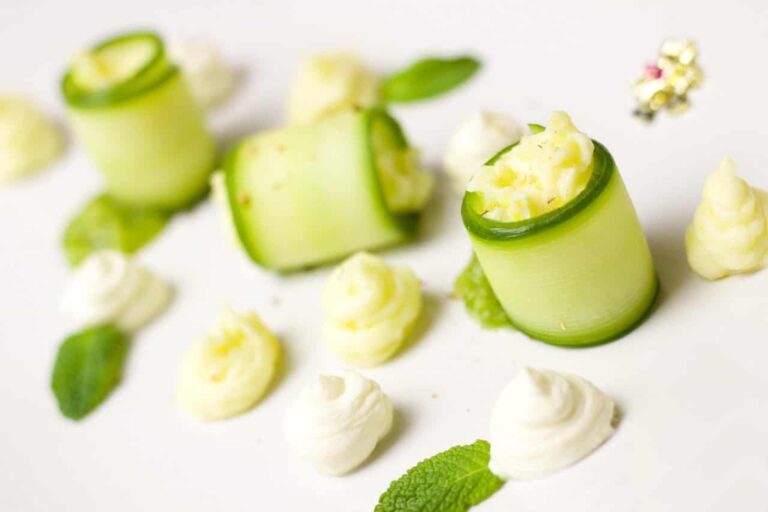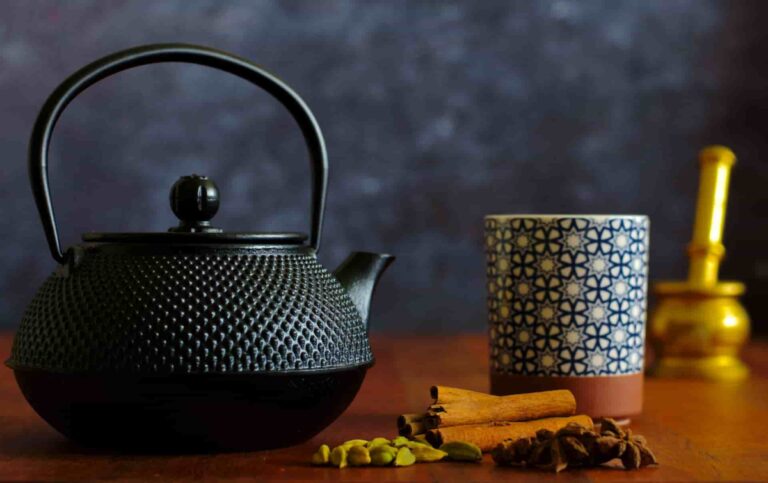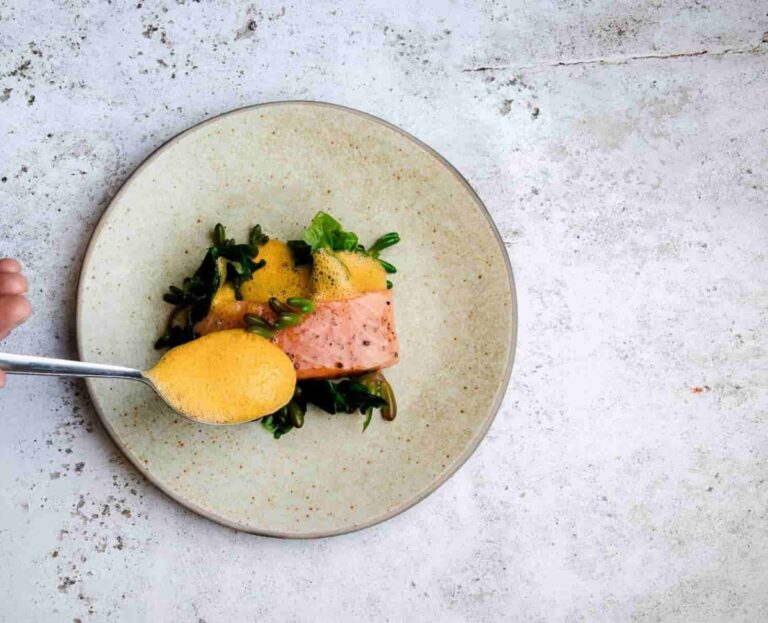32 top parsnip kitchen insights and benefits
Did you know that parsnips were used as a sugar source in Europe before sugar from cane or beets became widely available?
- In the days when sugar beets were cultivated in the United Kingdom, parsnips were ground up and used to jams and other baked products in order to provide a sweet flavour. In addition, since parsnips readily undergo fermentation, they were formerly a common component used in the manufacturing of alcoholic beverages like wine and beer. There are a significant number of classic recipes that are still in circulation today.
- The parsnip is still referred to by its scientific name, “Pastinaca sativa,” which recalls its agricultural past. In turn, the term “Pastinaca” originates from the Latin word “pastinum,” which refers to a little gardening instrument used to cut holes in the ground for the insertion of plants, seeds, or bulbs. “Pastinaca” is derived from “pastinum.”
- James Buckman, a professor at the Royal Agricultural College in England, came up with the idea for a new cultivar in 1859 and gave it the name “Student.” He wanted to show that wild plants could be enhanced by selective breeding, therefore he mated domesticated plants with wild stock. This was done through back-crossing. Because of how well this experiment turned out, the ‘Student’ variety began to dominate agricultural production in the latter half of the 19th century.
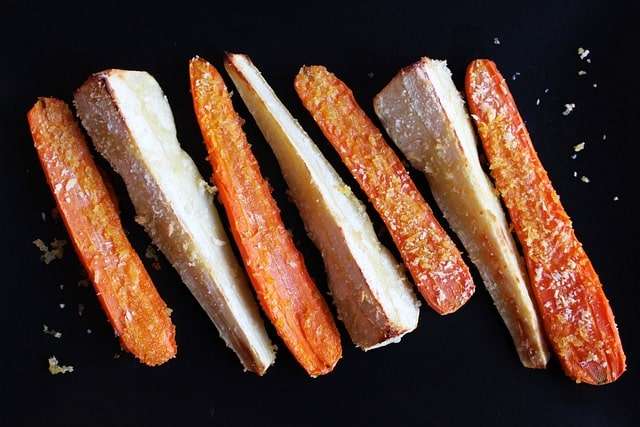
Parsnip nutrition values and health benefits
- Parsnips are a rich source of a number of important vitamins and minerals, including vitamin C, vitamin K, and folate, in addition to a wide range of other essential vitamins and minerals. In addition to the components described above, parsnips also include a minute quantity of calcium, iron, and riboflavin.
- In addition, parsnips have a respectable quantity of antioxidants in their composition. Antioxidants are compounds that are helpful to your health because of the role they play in preventing oxidative stress and reducing cell damage. Antioxidants are substances that are useful to your health. Increasing the amount of antioxidants in your diet may also prevent you from developing chronic diseases like cancer, diabetes, and cardiovascular disease.
- Because they contain a very high concentration of ascorbic acid, commonly known as vitamin C, parsnips are an outstanding source of this water-soluble vitamin, which is also effective in its capacity as an antioxidant.
- The inclusion of parsnips in any diet is highly recommended since they are an excellent source of both soluble and insoluble fibre. One cup (133 g) of this food contains 6.5 g of this nutrient, which is equal to 26 percent of your daily fibre needs. The transit of objects through your digestive system and the improvement of your digestive health are both aided by the indigestible fibre that passes through your system undigested.
- It has been shown that increasing the amount of fibre that one consumes may assist in the treatment of digestive ailments. These diseases include gastroesophageal reflux disease (GERD), diverticulitis, haemorrhoids, and intestinal ulcers, to name a few. According to the findings of one research, which revealed that increasing the amount of dietary fibre in a person’s diet improved the frequency of stools in those who were suffering from constipation, it may also aid with regularity.
- In addition, it has been shown that consumption of fibre may assist in the maintenance of appropriate blood sugar levels, the reduction of cholesterol levels, the reduction of blood pressure, and the reduction of symptoms of inflammation in the body.
- In spite of the fact that they are low in calories and rich in fibre, parsnips are an excellent addition to a diet that is already well-balanced and designed for weight reduction. Because fibre travels more slowly through your digestive tract, it gives you the ability to feel fuller for a longer length of time. This, in turn, may help you reduce the amount of food you eat and your appetite.
- When it comes to vitamin C, parsnips are an absolute powerhouse, providing around 25 percent of your recommended daily intake in just one serving. Vitamin C is a kind of vitamin that dissolves in water and is very necessary for the healthy operation of the immune system. According to the findings of one research, getting an adequate amount of vitamin C via your diet may help lessen the severity of cold symptoms and shorten the duration of a cold or other respiratory tract illness.
- In addition, it has potential use in the treatment and prevention of a wide range of disorders, including pneumonia, malaria, and infections that cause diarrhoea, among others. In addition, parsnips have a high concentration of disease-fighting antioxidants such as quercetin, kaempferol, and apigenin. Consuming parsnips may help to strengthen your immune system and protect you against infection at the same time.
100 g of parsnip has 75 calories (313 kJ), 1.2 g of protein, 0.3 g of fat, and 18 g of carbs, including 4.9 g of fibre.
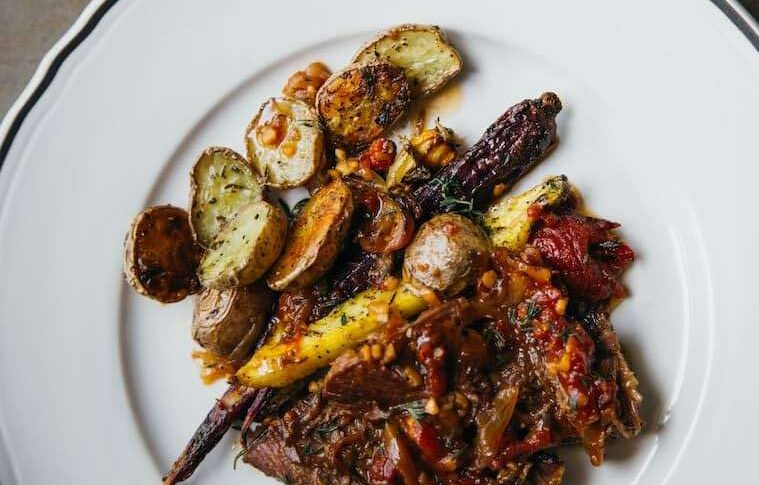
How to store parsnip and how to buy them
- It is possible to get it in the fresh produce area of your neighbourhood supermarket, but you are far more likely to find it at a local farmer’s market. This, of course, is dependent on where you reside. When it comes to food that is grown locally and according to the seasons, the parsnip is an excellent example of something that reaches its peak quality during the wintertime months of the year. When you buy parsnips (or any other food) from a local farmer, you have a fantastic opportunity to have a conversation with the farmer about the farming practises he or she employs, as well as about recipes and the most recommended methods of preparing the produce.
- It is essential to have an understanding of the fact that everything that can be kept in pristine circumstances is made available to it. When you want to serve vegetables like parsnips with the same level of freshness that they had when you purchased them, the temperature and atmosphere need to be just right. The vegetable that is similar to carrots may be maintained for many months if it is kept in the circumstances that are essential for it to remain fresh.
- When shopping for parsnips, you should look for ones that are smooth and firm, without any cuts, soft patches, or black stains; the tip should not be faded, and it should be solid. The hue should be off-white or creamy, and you should get the parsnips with fresh greens if the greens are still connected to the parsnips.
- Before preserving parsnips, be sure you remove the parsnip greens. Parsnips that have not been washed should be kept in a location that is cold and dark, such as a basement or garage. It is advised to store them in a cool, dry place away from heat as well as fruits such as apples and pears. It is important to check on them periodically and remove any roots that have been damaged.
- Following the parsnip greens have been removed, the raw parsnips may be put in a plastic bag, after which they are to be wrapped in a paper towel. The plastic bags have a shelf life of about two to three weeks when kept in the refrigerator. When stored in the refrigerator, cooked parsnips have a shelf life of three days; nevertheless, they should be used sooner rather than later.
- Before parsnips may be frozen, a few processes need to be completed beforehand.
- The dirt on freshly purchased parsnips from the market may be removed by soaking them in ice water for one hour and then washing them thoroughly.
- Peeled and cut into cubes, they are then blanched.
- Blanching something allows it to keep its consistency after being frozen.
- After two minutes in the boiling water, remove the parsnips and place them immediately in a bowl of cold water.
- After the parsnips have been dried, place them in a freezer bag and place the bag in the freezer.
- Some frequent indicators a parsnip presents when it has gone bad are given below in the article.
- Dark patches or squishy places on the parsnip are signs that the parsnip is going bad; it is best to remove those sections and utilise the remainder of the parsnip as soon as possible to prevent throwing away the whole thing.
- Parsnips should be thrown away if their tips have become shrivelled or wrinkled since this indicates that they are beyond their prime.
- When holding a parsnip, the parsnip has lost its flavour if the other end goes down owing to additional softness. It can still be eaten, but it will be very dry and have the flavour of wood.
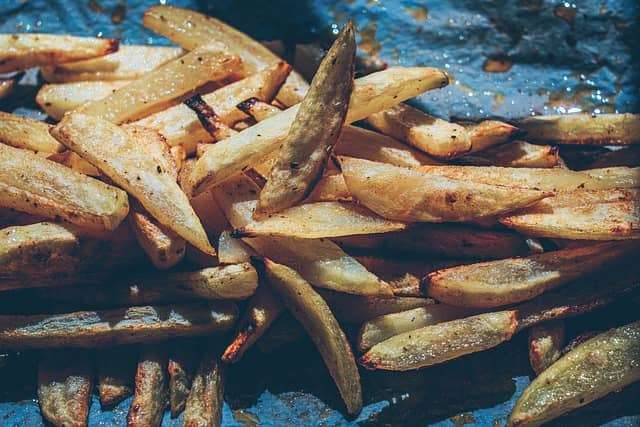
Cooking techniques, secrets, and tips from the kitchen
- When boiled, parsnips become very simple to mash, making them an excellent addition to mashed potatoes. You can also puree them and add them to soups or stews to give them more body and creaminess without using flour or cornflour.
- Use a vegetable brush to remove the tough outer covering that is found on each parsnip. Remove the tough, woody ends from each parsnip. The pieces should have a width that is little less than 1 inch.
- Bring about an inch and a half’s worth of water to a boil in a pot of medium size. Add parsnips. Cook the parsnip pieces for about ten minutes, or until they can easily be pierced with a fork.
- Either put the mixture back into the pot or transfer it to a big bowl. Make the chunks of parsnip into a coarse mush by mashing them with a fork or a potato masher. In the same manner that you would season mashed potatoes with butter and cream, you can do the same thing here.
- When roasted in an oven at a high temperature, parsnips, much like carrots and other root vegetables, develop a deeper flavour and become sweeter. When the natural sugars in the parsnips caramelise, they acquire the perfect amount of crispiness and crunch. They are excellent on their own, but you can also give them an extra kick by coating them in a sweet-and-spicy rub made of paprika, brown sugar, and a little bit of chilli pepper.
- On the hob, parsnip may be sautéed to delicious effect. They only need a little bit more time to cook than other alternatives, such bell peppers or summer squash, which can be prepared quickly. The additional time, on the other hand, gives you the opportunity to construct delectable tastes and incorporate them into a wide range of cuisines, such as vegetable hashes or roasted vegetable medleys. When you add the parsnip pieces to the pan, you may boost the flavour of the dish by using some fresh herbs, such as thyme or rosemary. To add an additional layer of decadence, finish with butter that has been melted.
- A delicious purée made from parsnips is an excellent accompaniment to hearty winter stews as well as game dishes. The texture of the pureed parsnip should be more rustic. Because parsnips have a high concentration of starch, they cannot be whipped into a light and airy consistency as potatoes can, and they rapidly transform into glue if the mixture is overmixed. If you want the purée to be silkier and smoother, try replacing half of the parsnip in the recipe with potato. This will help to smooth the purée without making it sticky, and it will also save you some money. It is recommended to boil the potato rather than bake it, after which it should be mashed and added to the purée of parsnips.
- The use of parsnips in the preparation of a comforting and uncomplicated creamy soup makes it an ideal choice for a brisk evening. This straightforward root vegetable may be transformed into a flavorful soup by first sautéing it with leeks and garlic, then puréeing it until it is completely smooth, and last seasoning it with some fresh herbs and milk. Serve it as a simple supper on its own with crusty bread or crackers, or elevate it to more of a meal by adding a fresh tossed green salad or cheese-garnished salad of strong winter greens.
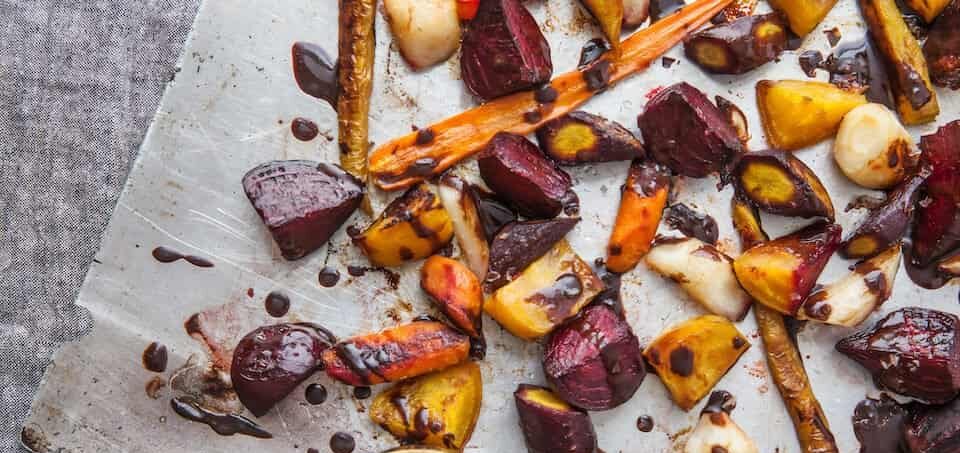
History of parsnip from the beginning until today
- Parsnips, like carrots, are a root vegetable that originated in Eurasia and have been consumed in that region ever since prehistoric times. According to Zohary and Hopf, the archaeological evidence for the cultivation of the parsnip is “still quite sparse,” but Greek and Roman literary sources are among of the most important sources regarding its early usage.
- They warn that “there are some difficulties in distinguishing between parsnip and carrot (which, in Roman times, were white or purple) in classical writings because both vegetables seem to have been called pastinaca in Latin, yet each vegetable appears to have been well under cultivation in Roman times.”
- The parsnip was held in high favour, and because of this, Emperor Tiberius agreed to have Germania pay a portion of the tribute owed to Rome in the form of parsnips. Before sugar could be made from sugar cane or sugar beets, the vegetable was turned into a sugar source and consumed throughout Europe. The “ordinary” kind of pastinaca is referred to as pastinache comuni in Bonvesin da la Riva’s book “Marvels of Milan.” This book has a lengthy list of delicacies that the Milanese are known to appreciate (1288).
- This plant was brought to North America simultaneously by French colonists in Canada and by British colonists in the Thirteen Colonies for the purpose of using it as a root vegetable. However, by the middle of the 19th century, the potato had supplanted it as the primary source of starch in North America, and as a result, less people cultivated this plant.
- James Buckman, a professor at the Royal Agricultural College in England, came up with the idea for a new cultivar in 1859 and gave it the name “Student.” He wanted to show that wild plants could be enhanced by selective breeding, therefore he mated domesticated plants with wild stock. This was done through back-crossing. This experiment was so successful that by the late 19th century, the ‘Student’ variety had become the most common one grown commercially.
- Although they look to be carrots and may be served in the same way, parsnips have a sweeter flavour, especially after being cooked. Carrots and parsnips can be prepared in the same way. A number of different methods, including roasting, boiling, mashing, frying, grilling, and steaming, may be used to prepare them. They provide a rich, nuanced flavour to dishes like stews, soups, and casseroles when utilised in those preparation methods.
- In certain parts of the globe where English is spoken, roast parsnip is considered to be an essential element of the Christmas dinner, and it is also often included in the menu for the traditional Sunday roast. You can also bake parsnips into crisps by slicing them very thinly and placing them in the oven at a high temperature. They have the potential to be fermented into a wine that has a flavour that is similar to that of Madeira.
